An Insider’s Biography of a Celebrity Mars Rover
The chief engineer for Curiosity offers a peek at the NASA rover’s tumultuous rise to stardom in a new tell-all book
:focal(273x253:274x254)/https://tf-cmsv2-smithsonianmag-media.s3.amazonaws.com/filer/3c/2c/3c2ce311-b721-412b-948d-e481cdb49a0e/selfie.jpg)
The Mars rover Curiosity is power-hungry, narcoleptic and solitary—but that’s just what it takes to explore the solar system like a rock star. Today the rover is a media darling. Like any human celebrity, Curiosity takes frequent selfies, has a music video and a parody Twitter account and has been immortalized as a LEGO figurine. The famous robot even has a troubled past.
Back in 2008, Curiosity—technically called the Mars Science Laboratory, or MSL—was being heavily derided for getting behind schedule and going over budget. The mission was originally pitched to NASA as a $1.6-billion spacecraft, and it was supposed to launch in 2009. But a variety of technical hurdles caused the launch schedule to slip to 2011, and costs ballooned to $2.5 billion. According to Rob Manning, the mission’s chief engineer, young Curiosity’s troubles can be traced back to its most celebrated feature: the sky crane landing system.
The sky crane was like a jetpack that lowered the rover to the Martian surface on tethers. It was only one part in a phase of the mission called entry, descent and landing (EDL). To the engineers at NASA, the EDL phase was also called the seven minutes of terror, because once it started, everything was automated and there was nothing for the team to do but eat peanuts and cross their fingers.
The sky crane was a completely novel way to land spacecraft on Mars, developed to accommodate the one-ton Curiosity rover. Because it was so new, and because landing on Mars is always a challenge, designing and troubleshooting the EDL systems became a huge part of the overall mission design, one that overshadowed the rest of the rover’s needs, Manning says in his new book Mars Rover Curiosity, published by Smithsonian Books.
“I think that MSL's bright and shiny new EDL system … did in fact distract all of us a bit away from the fundamentals of building a brand new and radically different rover,” he says. Together with best-selling author William L. Simon, Manning recounts Curiosity’s highs and lows in the book, offering a peek inside the minds of the NASA and private sector workers who had to struggle to send this now world-famous mission to Mars.
For instance, the focus on the sky crane and other EDL gear meant that the team spent less time considering Curiosity’s power source. The previous two rovers, the twins Spirit and Opportunity, were solar powered. The trick was that the arrays could generate about 110 watts, but each rover needed 1500 watts to be fully operational. According to Manning, the solution was to make the rovers narcoleptic—they would be awake for only a few hours of each Martian day, drawing power from an on-board battery to drive or run experiments. Then they would take a nap and wake up again to do more work. “A day in the life of a rover is a bit more like an old dog than a racecar,” Manning writes.
While Curiosity was outfitted with a nuclear power source instead of solar panels, it was also a much larger machine carrying 11 complex science instruments and cameras. In addition to power for general operations, those instruments would need to be heated to work properly on frigid Mars. About a year before the 2009 launch date, as details about some of the science instruments came in, the team realized that even with power naps, Curiosity’s battery was too small for the task. Using a bigger battery without finding other places to trim would make the rover too heavy to land.
Troubles piled on from there, including worries about wind blowing away rock samples before they could be analyzed, and signs that detaching the rover from the sky crane’s tethers would short-circuit a vital communications link during landing. Delays in sending in finished hardware to assemble the spacecraft meant that NASA had to make the call and announce that they would miss the 2009 launch window.
“Once your rover misses that window … the cost automatically goes up, and that is just for the ‘taxi meter’ of the team having to wait longer to get off the job,” says Manning. The silver lining was that the extra time allowed the team to work out the kinks—fix the circuits, work in a bigger battery—and launch successfully on November 26, 2011.
Since its laudable landing in August 2012, Curiosity has been sending back vast amounts of data, from high-resolution images of Mars and its moons to the first clear signs that drinkable water capable of supporting life once flowed on the planet’s surface. A little over a year into the mission, the rover has now reached its main target, the base of a Martian mountain nicknamed Mount Sharp. Layers of exposed sediment could tell scientists more about Mars’s seemingly habitable past, and may even hold preserved traces of primitive life.
“We were all absolutely flabbergasted when the very first drill hole revealed a place on Mars that was habitable billions of years ago,” says Manning. “What we’ve got here is a place that not only could have supported life, but it could, if we keep looking, be a place that chemically stored those records. That’s what led us to put high priority on heading for the hill.”
The road trip hasn’t been without its snags, chief among them the unexpected wear on Curiosity’s wheels. When the wheels were being designed, the main worry was that an overly heavy rover would get stuck in the sand—a fate that spelled the end for the rover Spirit in 2010. So the team made Curiosity’s six large wheels to act like floatation devices, says Manning. Each wide, dunebuggy-esque wheel was hollowed from a block of lightweight aluminum.
What the team didn’t know is that the rover would have to drive over wind-sculpted rocks embedded in clay, which acts like a bed of nails. Those razor-sharp rocks started to tear up the wheels, and Manning anticipates a metal shard might one day rip into the rover’s internal cabling, crippling the mission. Until then, “we need to pick our path carefully,” says Manning. “We are also considering software changes that would minimize the damage by ensuring that the wheels speed up a tad as the wheel climbs over a rock. This reduces the wear.”
The glitch shows how each Mars mission can build on the capabilities of the next, a process Manning highlights in the book as he describes lessons learned from spacecraft going back to the Viking landers in the 1970s. He is already putting some of Curiosity’s experiences to good use in designs for the next Mars rover, slated to launch in 2020, and in a system for landing people on Mars with an inflatable disk and a next-generation parachute.
Manning adds that Curiosity and its Martian kin are allowing engineers to develop technologies, such as autonomous driving software, that will probably be crucial to future rovers headed for even more remote locales, such as the icy moons of Jupiter and Saturn. “Going to the outer planets, or to moons like Europa, Ganymede and Enceladus—in all cases you need a vehicle that has the smarts for autonomy,” says Rob Manning, currently the Mars Engineering Manager for NASA’s Jet Propulsion Laboratory. “We’re not joysticking it like a remote-controlled car. We’re telling it where we’d like it to go, and its job is to figure out how to get there.”
But more than the technical revelations, Manning believes the story of Curiosity is important for humanity on a much more basic, almost existential level. “I think the message is that even though MSL was a big budget NASA mission (at least big by today's standards), it is not built by abstract engineers and scientists working in faceless institutions,” Manning says. “Instead it is built by a bunch of people. People just as human, just as fallible and just as intelligent as most people you know. … This is ultimately a human endeavor and we are lucky to be part of it.”
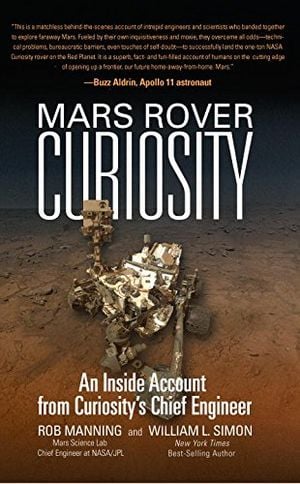
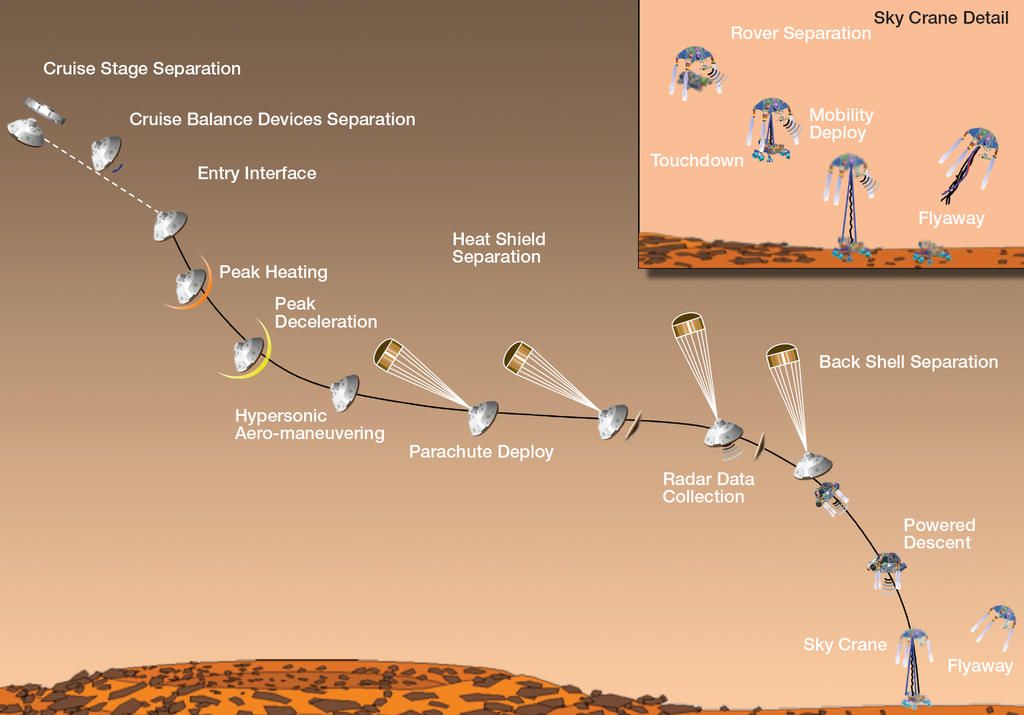
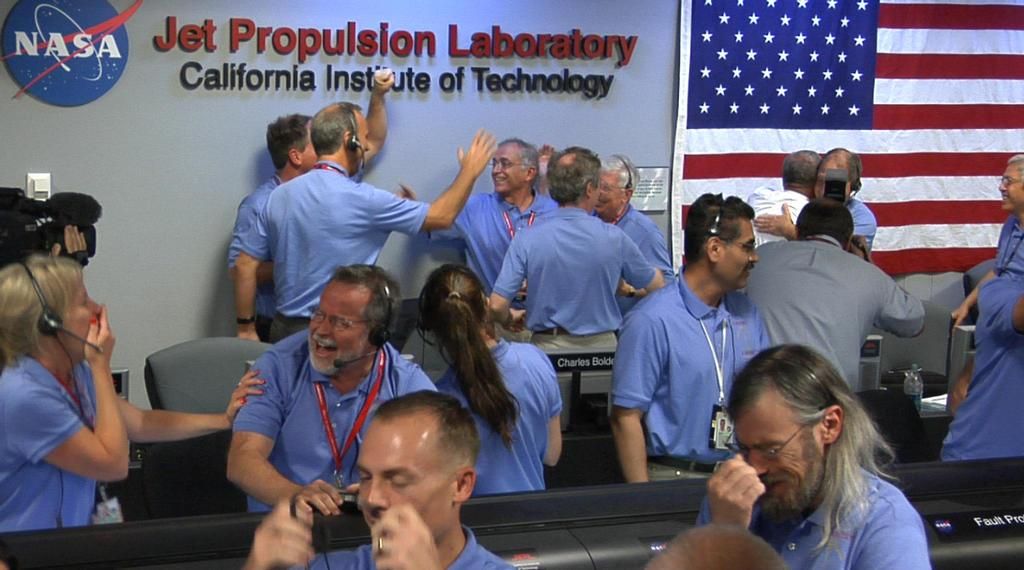
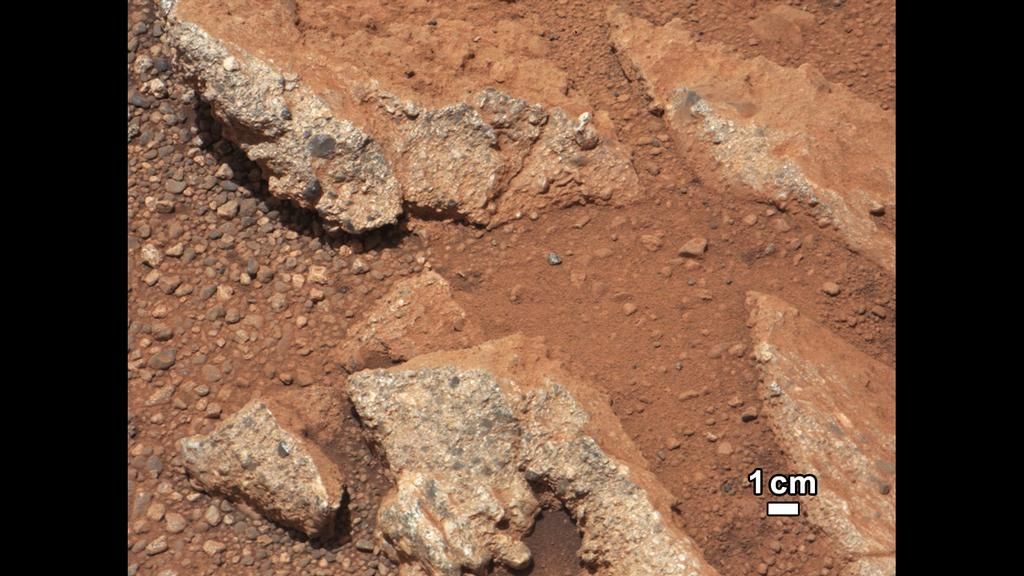
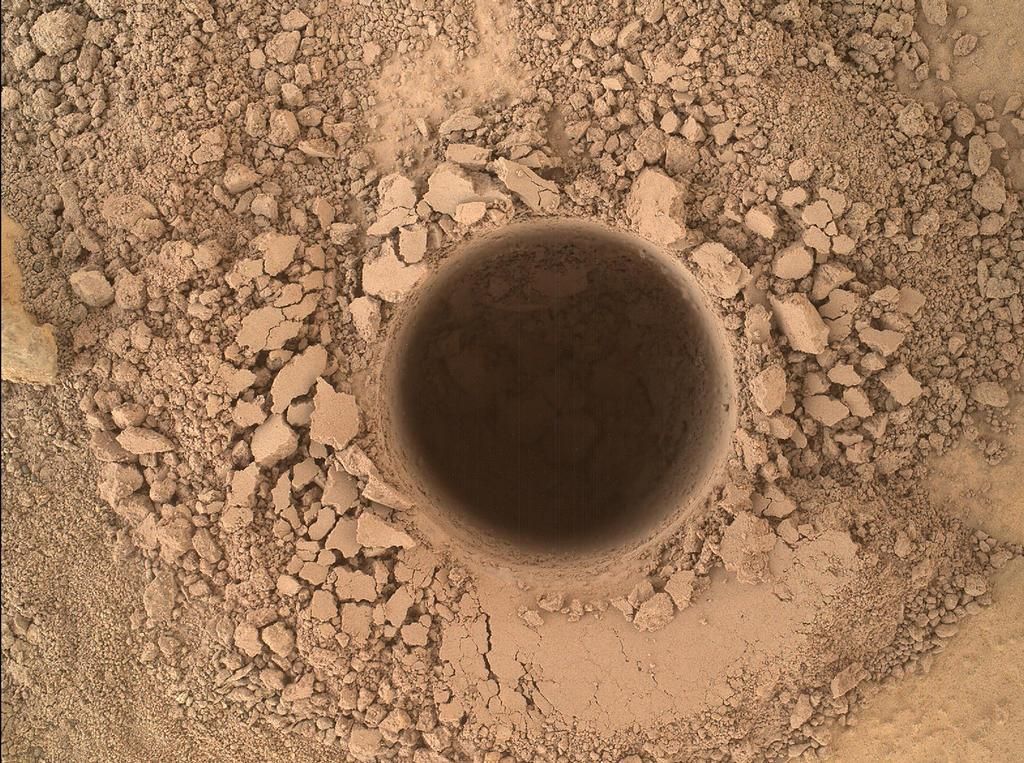
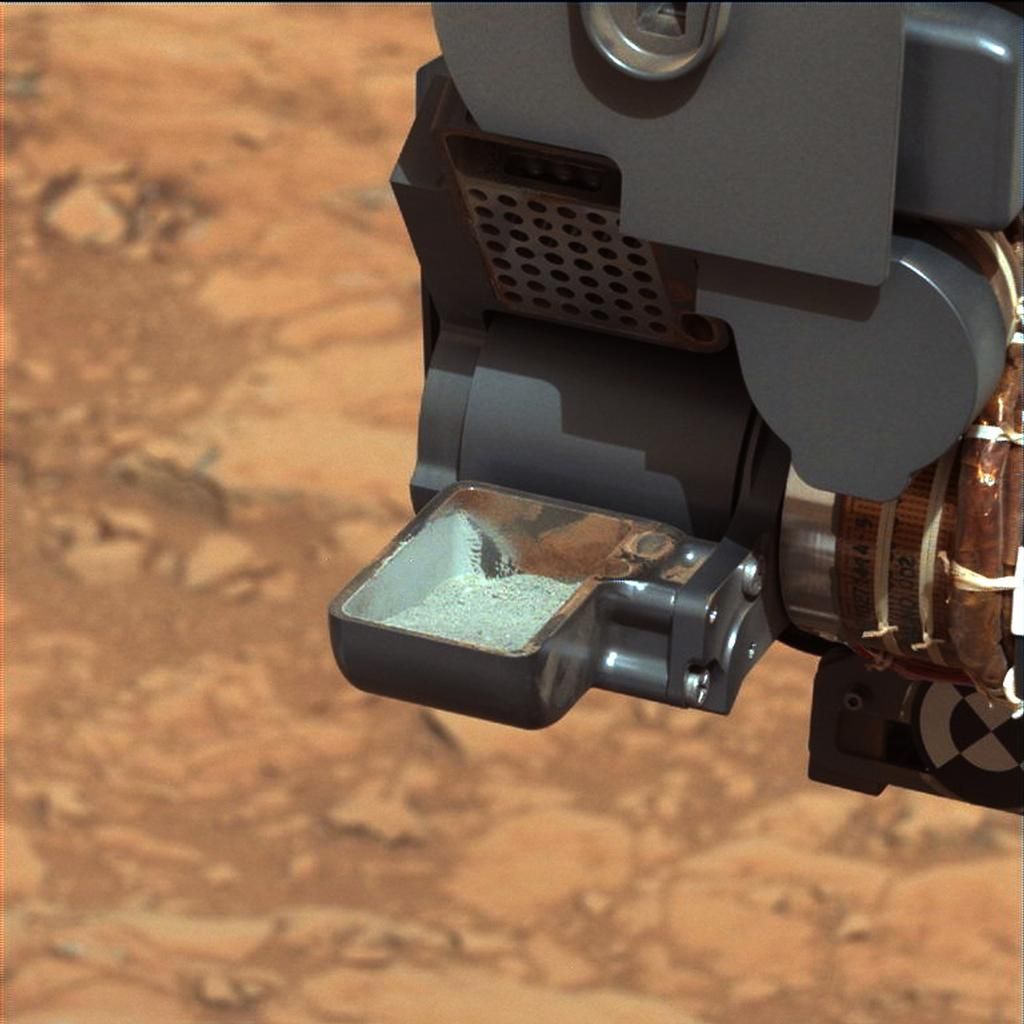

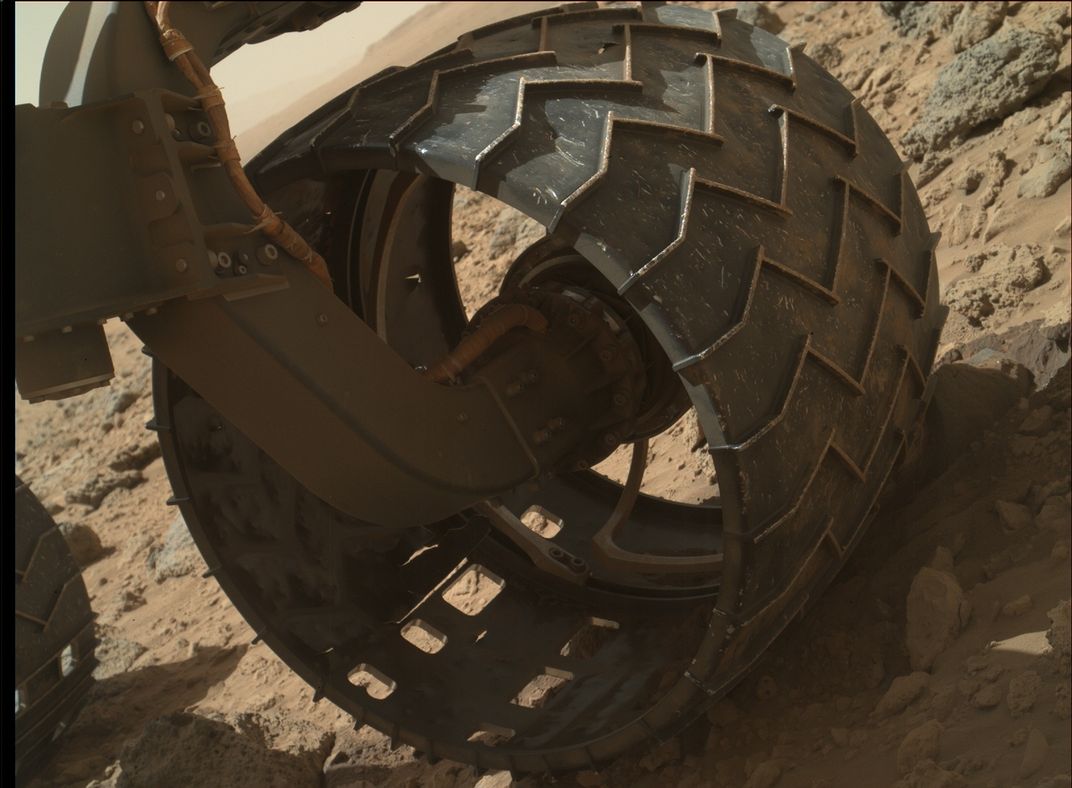
/https://tf-cmsv2-smithsonianmag-media.s3.amazonaws.com/filer/78/9f/789f98b4-9498-4d32-8386-8054c526f338/xray.jpg)